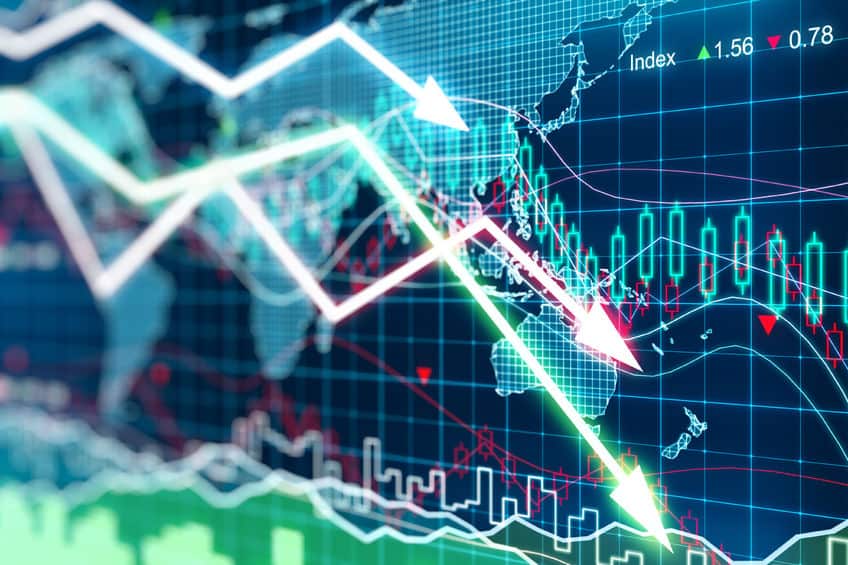Latest Blogs
What the Kroll Report Means for Your Business and How it Manages...
This year’s Kroll Fraud and Financial Crime Report found companies are growing increasingly concerned that third parties are driving a higher risk of financial crime. We read through the report to pull...
Six Things to Know About Emerging HRDD Regulations
Millions of companies around the world have been impacted by regulations which mandate them to carry out ESG and human rights due diligence (HRDD in the last few years–or they soon will be. These regulations...
What the Ukrainian War Has Meant for Third Party Risk Manage...
From Stricter Sanctions to Broken Supply Chains: What the Ukrainian War has Meant for Third Party Risk Management February 2024 will mark two years since the latest conflict in Ukraine began. As well...
If You Haven’t Addressed These 5 Third-Party Risks, You’re Behind...
Third parties help companies to deliver their products and services, but they also expose them to regulatory, financial, strategic and reputational risks. In the latest blog in our third party risk series...
Financial Crime is on the Rise. Here’s How Your Company Can Stay...
Financial crimes such as bribery, corruption and money laundering are becoming more common and more complex. One of the most common reasons for a company becoming implicated in alleged financial crime...

Our series on PESTLE risk monitoring concludes with an exploration of the “E” risk—Environmental—and the diverse ways in which it impacts organisations.
“Risk is like fire: If controlled it will help you; if uncontrolled it will rise up and destroy you.” Those words, spoken by President Theodore Roosevelt more than a century ago, still hold true today. But ‘control’ doesn’t equate to eliminating risk—an impossibility when it comes to many environmental risks that organisations face. Rather, risk management is about adapting dynamically as circumstances change. To achieve true resilience—for your supply chain and across the wider enterprise—your organisation needs targeted monitoring to help identify warning signs sooner.
What Environmental Risk Factors Require Attention?
In a broad sense, environmental risk can apply to all external factors that can potentially impact a business. In the context of PESTLE, however, environmental risks are more focused on the physical environment. Examples of environmental factors affecting business include:
- Climate, weather events and natural disasters—Globalisation—particularly within supply chains—means that organisations must consider a much wider range of climates and the weather events associated with them. Likewise, a natural disaster can seriously disrupt supply chains. In April 2016, earthquakes in Japan forced Toyota to suspend production at plants across the country due to a shortage of parts.
- Climate change—The risk of climate change is often overlooked because the process seems to move slowly, but climate change has the ability to multiply supply chain risk. For example, climate change is linked to reduced raw material availability such as water or energy shortages. It is also associated with amplifying the power of weather events like hurricanes, snowstorms, or wildfires—which can disrupt operations and transportation of goods—throwing supply chains into chaos.
- Pollution—Many supply chains rely on organisations in developing nations where the regulatory environment has not caught up to the level of pollution being produced. Organisations face serious reputational damage when consumers perceive that companies are taking advantage of the relaxed regulations, such as the furor that erupted earlier this year when it was revealed that major fashion brands like H&M and Marks & Spencer source textiles from high-polluting factories in Bangladesh and China. During an acceptance speech for a Riverkeeper environmental award, American clothing designer Eileen Fisher admitted, “The clothing industry is the second largest polluter in the world … second only to oil.”
- Availability of non-renewable materials—When there is a shortage—or a surplus—of a non-renewable material, organisations face a number of risks. Oil companies, for instance, face serious strategic risks when surplus product sends prices down. On the other hand, an even wider range of organisations face greater financial risk when an oil shortage leads to higher prices—not to mention the potential transportation disruptions that come from a scarcity of fuel. Likewise, shortages of non-renewable materials can lead to inconsistent energy availability, which can further disrupt supply chains.

Environmental regulations—The accelerating pace of climate change and the need to address pollution in emerging economies means that the regulatory environment is constantly evolving too. Organisations need visibility into legislative activities that are a precursor to laws that could increase risk exposure.
PESTLE-based Monitoring Improves Risk Visibility
Sometimes, you can anticipate environmental risks without on-going monitoring. Climate is generally a known factor. For example, organisations looking to expand into the United Arab Emirates (UAE) are likely well-informed—and prepared—for the challenges that come from having operations in the hot, arid climate. Even weather-related events can be predictable; organisations with operations or suppliers in coastal areas understand they face a seasonal risk with disruptive potential and have action plans in place to address hurricane risk. However, as climate change progresses, known factors become less predictable. That’s where ongoing monitoring for environmental risk can help.
“The interconnected dynamics of geopolitics, technological advances, global economic integration, social instability, climate change and more means that the manifestation of one risk is increasingly likely to influence others,” notes the Brink news service on global risk. Expanding on the topic, Brink says that when a “known risk—hurricanes, for example—meets with an emerging risk—rising tides—the outcome is not easy to predict. Thus, anticipating emerging risks enhances the ability to predict potential outcomes when risks intersect.”
How do you gain the insight you need? A tool like LexisNexis® Entity Insight allows organisations to keep an eye on the PESTLE factors that are most relevant to the risks they face—be they Political, Economic, Socio-cultural, Technological, Legal, or Environmental. This tailored approach to monitoring helps eliminate information overload, enabling organisations to spot red flags sooner and respond proactively to reputational, regulatory, financial, and strategic risks.